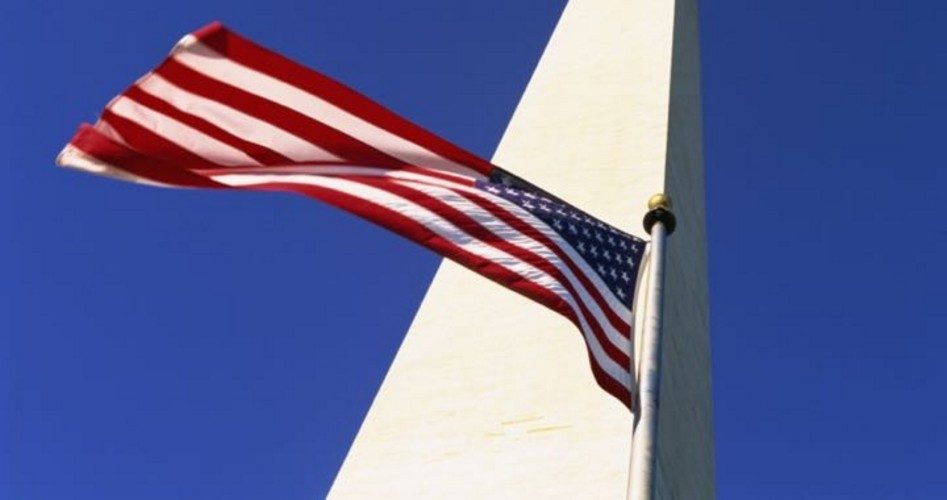
Mark Jenkins, a spokesman for AAA, doesn’t expect higher prices at the pump to change many Americans’ plans to travel this summer:
Gas prices are [at] their highest in years, yet that doesn’t seem to be slowing motorists down. The latest round of figures from the EIA [U.S. Energy Information Administration] shows that gasoline demand is significantly higher than this time last year.
A strong economy is helping to fuel motorists along, as we approach the most traveled Memorial Day in more than a dozen years.
Jenkins estimates that more than 41.5 million Americans will travel at least 50 miles or more over the Memorial Day weekend — from Thursday, May 24 to Monday, May 28 — the highest number since 2005 when 44 million hit the road or the air. This is five-percent higher than last Memorial Day, and an increase for the fourth straight year, said Jenkins.
Gas prices, according to GasBuddy, which tracks prices at 135,000 gas stations across the country, are closing in on $3 a gallon, thanks to higher crude oil prices. On Tuesday West Texas Intermediate (WTI) was trading at $71 a barrel, the highest in three-and-a-half years. California boasts the highest average price for gas at $3.68 a gallon, while Mississippi enjoys the lowest average, at $2.56.
The real impact on the average American family’s budget is modest, according to Patrick DeHaan, head of research at GasBuddy. That family will spend about $1,900 on gas for all of 2018, an increase of about $130 over last year. Travelers on vacation driving 1,000 miles, burning 50 gallons of gas at an average cost of $3, will spend $150 on gas. Last year, when gas was 50 cents a gallon cheaper, those travelers spent $125 on gas for the same trip.
That just simply isn’t enough of an increase to put a crimp in many families’ plans, especially when the average worker is enjoying a tax cut estimated at about $1,000 this year. Optimism is what is driving the family vacation this year, despite higher gas prices.
Crude oil prices have moved higher thanks to numerous factors, many of which are transient in nature, which bodes well for lower gas prices later this year. First, the uncertainty about the effect the newly reinstalled sanctions on Iran will have been removed. Estimates are that Iran’s exports will be reduced by between 500,000 and a million barrels a day. While a large number, it represents less than one percent of global crude-oil production.
Second, the Venezuelan implosion of its economy and its resulting cuts in production from its state-owned oil company will be known. Current estimates are that production from PdVSA will drop another 500,000 barrels a day by the end of the year.
Third, the U.S. oil industry, faced with pipeline limitations carrying crude from the Permian Basin in Texas and New Mexico to Gulf Coast refineries, is expanding its production elsewhere, including South Dakota, Nebraska, and Colorado. This bodes well for future production into next year, with current estimates of 12 million barrels per day likely to be exceeded.
The OPEC cartel meets in June, where the lead topic will be the current production-cut agreement that ends in December. However, many of the members are likely to call for an end to those cuts immediately to take advantage of the higher prices. An extension of the present agreement into next year isn’t even being considered, according to insiders monitoring the cartel.
In addition, with the economy humming along at nearly full capacity, new jobs, higher wages, still lower unemployment, increased capital investment, and improving small business-owner optimism all bode well for a rising standard of living rippling across the country.
In other words, even with gas prices moving higher thanks to temporarily higher crude oil prices, the U.S. economy and American consumers are enjoying a “sweet spot” just in time for their summer vacations. Lower gas prices by the end of the year will simply be an added bonus and another boost to the economy.
Photo: Clipart.com
An Ivy League graduate and former investment advisor, Bob is a regular contributor to The New American magazine and blogs frequently at LightFromTheRight.com, primarily on economics and politics. He can be reached at [email protected].
Related articles:
Merrill Lynch Sees “Risk” of $100 Oil in 2019, Thanks to Iran Sanctions
Citigroup: U.S. Will Be World’s Largest Oil Exporter by Next Year



